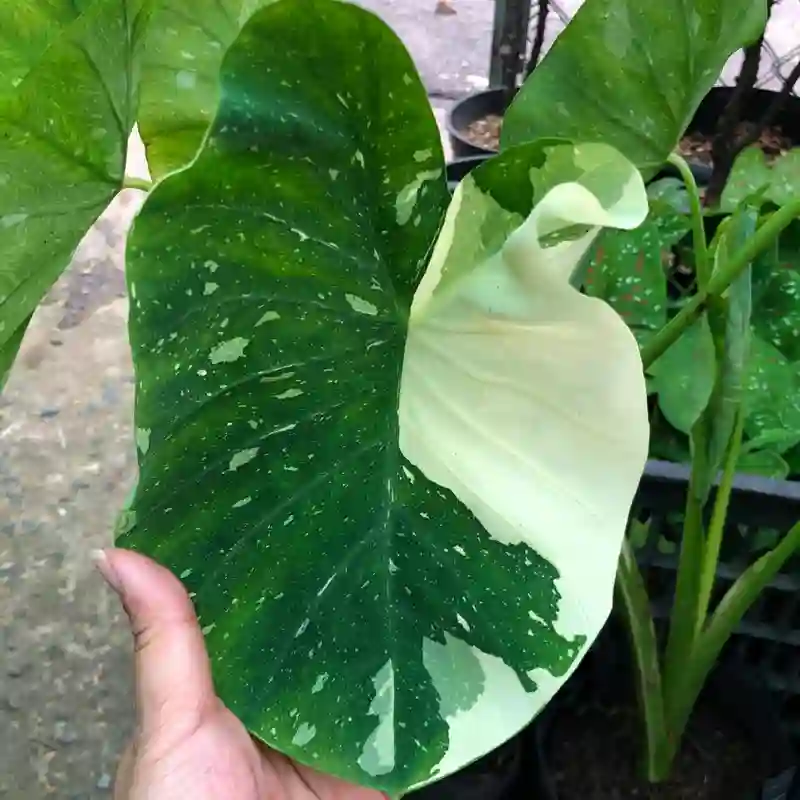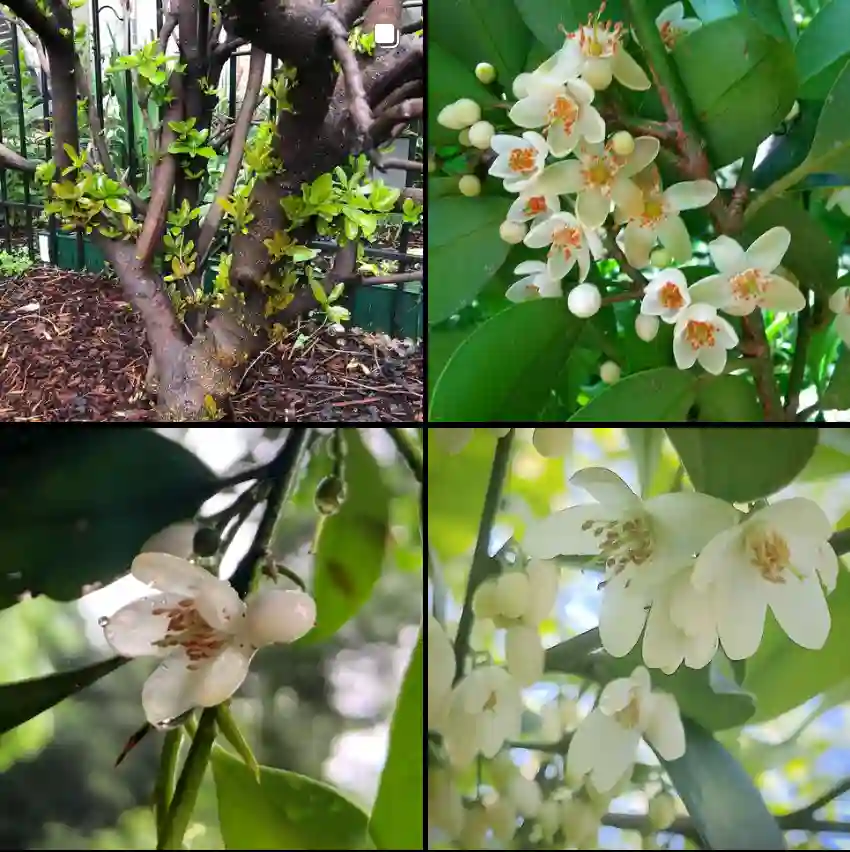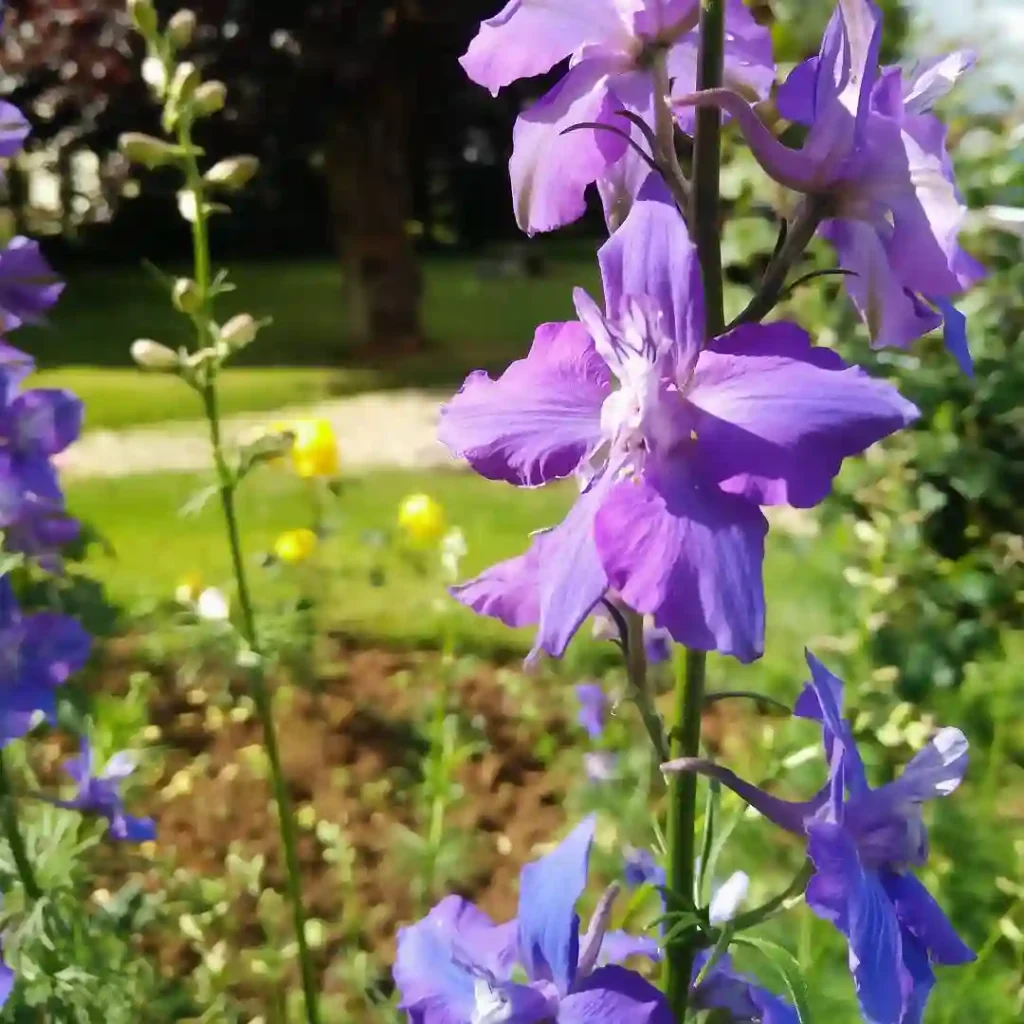Filipendula: A Personal Exploration of Meadowsweet and its Kin
My name is Ferb Vu, and I’ve always been drawn to the subtle beauty of wildflowers. There’s a certain charm to their unassuming forms, their quiet resilience in the face of the elements. Among my favorites is a genus of plants known as Filipendula, commonly referred to as meadowsweet or dropwort. These delicate perennials, with their frothy blooms and feathery foliage, have captivated me with their understated elegance and rich history.
What is Filipendula?
Filipendula belongs to the Rosaceae family, which also includes roses, apples, and strawberries. Native to the temperate regions of the Northern Hemisphere, these herbaceous plants thrive in moist meadows, woodland edges, and stream banks. Their name, derived from the Latin words filum (thread) and pendulus (hanging), refers to the thread-like roots that dangle from the tubers of some species, particularly Filipendula vulgaris (dropwort).
Species within the Genus
The Filipendula genus comprises around 12 species, each with its own unique characteristics:
- Filipendula ulmaria (meadowsweet): Perhaps the most well-known species, meadowsweet is renowned for its creamy-white flower clusters that emit a sweet, almond-like fragrance.
- Filipendula vulgaris (dropwort): Distinguished by its fern-like foliage and delicate white or pink flowers, dropwort prefers drier habitats compared to its moisture-loving relatives.
- Filipendula rubra (queen-of-the-prairie): A North American native, this species boasts showy plumes of pink or rose-colored flowers that attract pollinators. – Plant FAQs: Filipendula Rubra
- Filipendula occidentalis (queen-of-the-forest): Another North American species, queen-of-the-forest features creamy-white flowers and prefers shady woodland environments.
- Filipendula glaberrima: This species is distinguished by its hairless stems and leaves.
- Filipendula vestita: This species is noted for its hairy leaves and stems.
- Filipendula kiraishiensis: This rare species is endemic to Japan.
- Filipendula multijuga: Another Japanese species, this one is known for its numerous leaflets.
- Filipendula angustiloba (Turcz. ex Fisch. & C.A.Mey.) Maxim.
- Filipendula auriculata (Ohwi) Kitam.
- Filipendula camtschatica (Pall.) Maxim.
- Filipendula digitata (Willd.) Bergmans
- Filipendula × intermedia (Glehn) Juz.
- Filipendula × purpurea Maxim.
- Filipendula tsuguwoi Ohwi
Historical and Cultural Significance
Filipendula has a long and storied history, intertwined with human culture for centuries. Meadowsweet (F. ulmaria) was particularly revered by ancient civilizations. The Druids considered it sacred, using it in ceremonies and rituals. In medieval Europe, it was strewn on floors to freshen the air and repel insects. Its medicinal properties were also recognized, with traditional uses ranging from pain relief to treating digestive ailments.
Modern Applications
Today, Filipendula continues to be valued for its ornamental beauty, medicinal properties, and even culinary applications. Meadowsweet is a popular choice for gardens, adding a touch of old-world charm to borders and wildflower meadows. Its flowers are used in floral arrangements, potpourris, and even wedding bouquets.
In the realm of herbal medicine, meadowsweet is still employed for its anti-inflammatory and analgesic properties, thanks to its salicylic acid content (a key ingredient in aspirin). It is often used to alleviate pain, reduce fever, and soothe digestive discomfort.
Interestingly, the young leaves and flowers of meadowsweet are also edible, with a slightly bitter, cucumber-like flavor. They can be added to salads, used as a garnish, or brewed into a refreshing tea.
My Personal Connection
For me, Filipendula represents a connection to nature’s simple pleasures. I find joy in observing the delicate dance of its flowers in the breeze, inhaling their sweet fragrance, and appreciating their resilience in diverse environments. Whether adorning a garden, offering relief from pain, or simply gracing a wild meadow, Filipendula serves as a reminder of the enduring beauty and utility of the natural world.
I encourage everyone to take a moment to appreciate the understated elegance of Filipendula. Look for it in meadows, along streams, or even in your local garden center. You might just discover a newfound appreciation for this unassuming yet captivating genus of plants.
If i die, water my plants!



